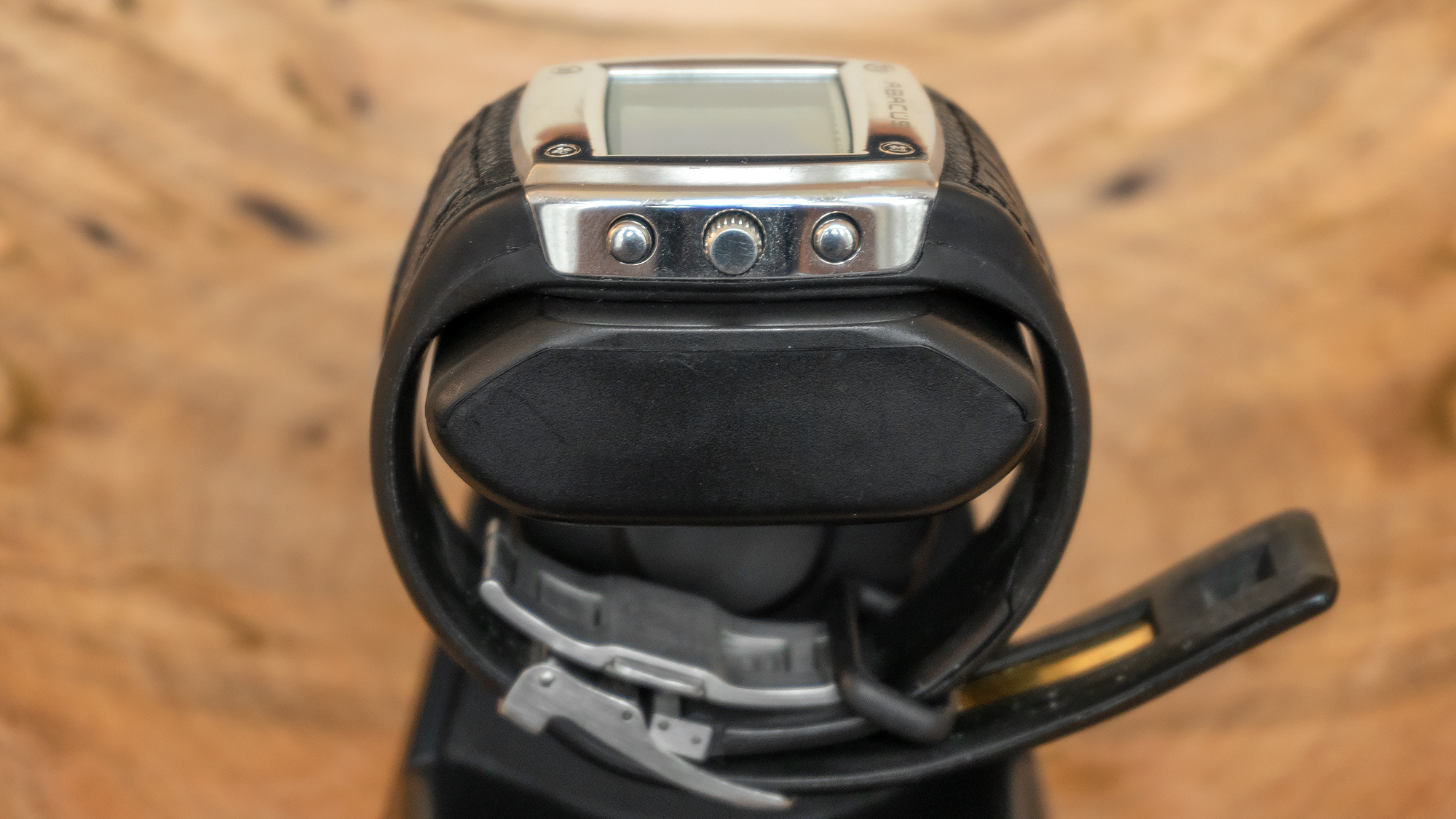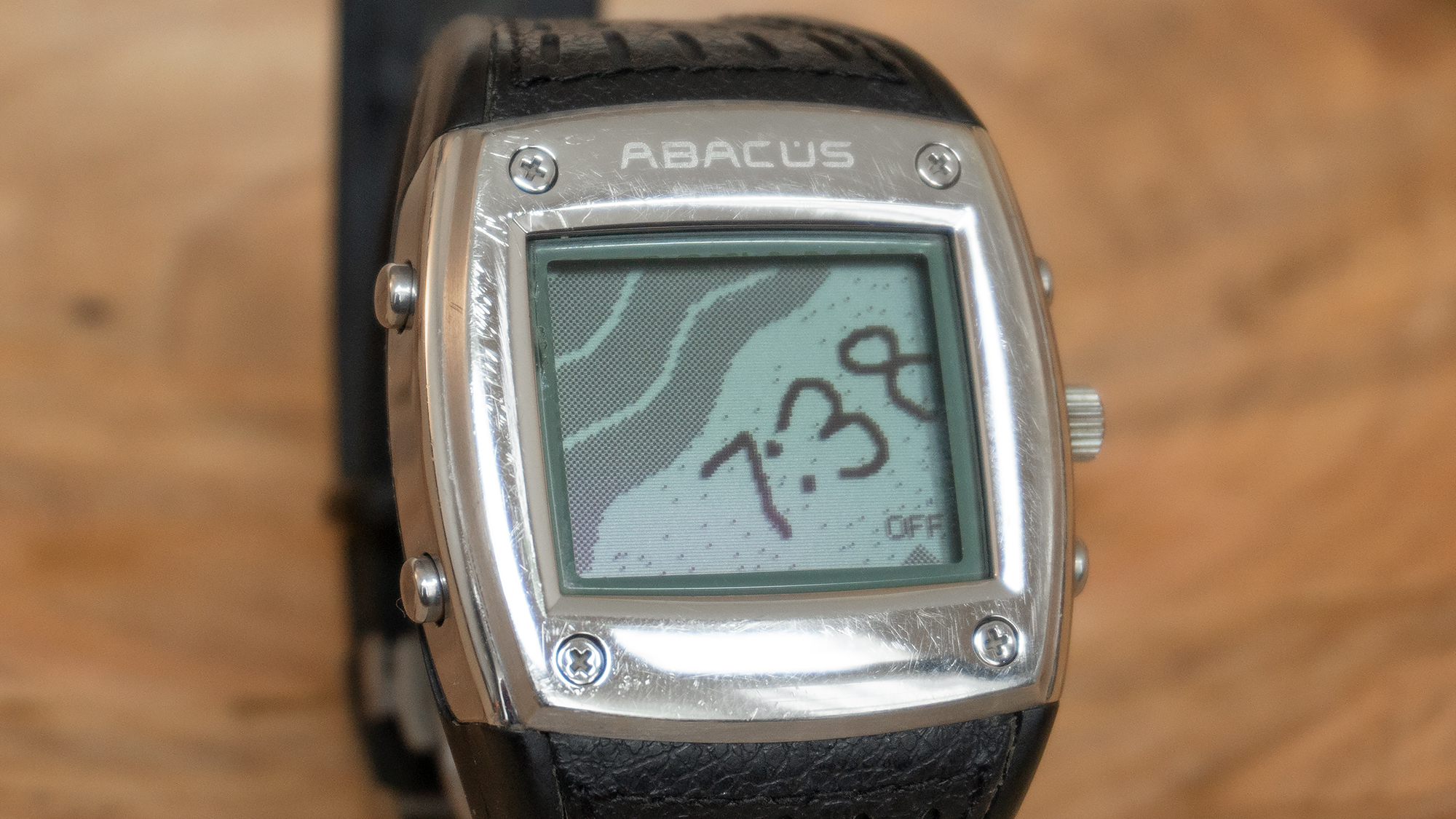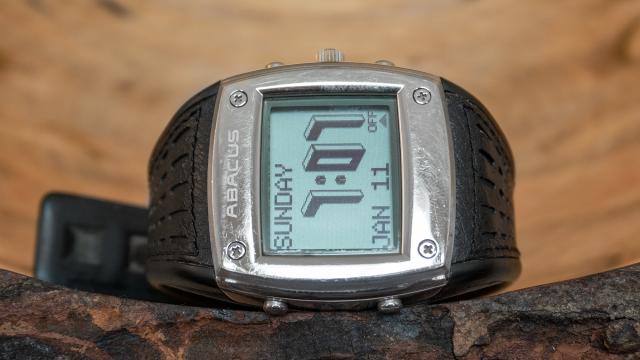Apple was the first company to make smartwatches a product consumers actually wanted, but there was a time, not too long ago, when Microsoft could have defined the future of wearables. The company’s SPOT platform took a deceptively simple but clever approach to wireless connectivity years before technologies like Bluetooth, wifi, and even LTE were commonplace. It also came with tradeoffs, however, that ultimately doomed the platform, but not before it succeeded in demonstrating to the world the potential of smart wearables.
You can argue that the multi-function calculator watches from the likes of Casio that defined ‘80s nerd culture were smartwatches, but today we tend to reserve that label for wearables that offer smartphone connectivity and wireless access to remote content. Eleven years before the first-generation Apple Watch was released, watches powered by the Microsoft SPOT platform — short for Smart Personal Objects Technology — arrived and were the first to wirelessly deliver content directly to a wearer’s wrist without Bluetooth, wifi, 5G, 4G, 3G, or even 2G wireless networks.
In the late ‘90s, Microsoft’s research division started work developing the SPOT platform, which it planned to integrate into everything from GPS navigation units to coffee makers. To expedite its arrival, instead of working with big telecommunication companies to implement new wireless networks which was a costly proposition (just look how long it’s taking for 5G to roll out across the country), Microsoft’s engineers and SCA Data Systems developed an alternate technology called DirectBand which wirelessly delivered data using existing FM radio broadcasts. Microsoft leased the 67.65 kHz subcarrier from existing FM broadcasters in over 100 cities which allowed them to transmit at speeds that equated to roughly 100MB of data per day.
It was a clever workaround to the technological limitations of wireless data transmission in the early 2000s, and while it came with its own limitations — data transfer was only one way — it meant that smart devices never needed to be physically tethered or synced to a computer or other mobile device. Bill Gates introduced the SPOT platform at COMDEX in the fall of 2002, and a few months later, at CES 2003, Microsoft announced that digital watches from companies like Citizen, Suunto, and Fossil would be the first devices to connect to its SPOT-powered MSN Direct service.

A year later, after a slight delay, the first MSN Direct watches were available, and I was right there at the front of the line to hand over my money for the watch and the service. Being just a few years out of college I opted for a more affordable model from Fossil, the Abacus, which looks primitive next to the Apple Watch. However, its entire screen was a dot-matrix LCD display, something that hadn’t really been done with digital watches before, allowing not only any data to be displayed, but custom watch faces as well. For a smartwatch that’s now over 16 years old, the Abacus also wasn’t much thicker than the Apple Watch is now, so it didn’t necessarily make you look like a nerdy early adopter — another plus. I can even remember being impressed with the Abacus’ charging dock, which was the first consumer product I ever owned featuring wireless charging capabilities.

Syncing data to the smartwatch was all done through my Hotmail account in a web browser. Every MSN Direct watch had its own unique ID, which meant that each user could select what news headlines interested them the most, the weather forecast for their specific city or places they were visiting, local movie times, sports scores, traffic alerts, and even reminders and notifications for their personal calendars. You couldn’t make any requests or settings changes from the watch itself, all the data was delivered passively to it, but you could use a set of buttons to navigate the various Channels, as the MSN Direct service called the various categories of information delivered.
In a time when flip phones were still the norm, my Abacus smartwatch often served as a welcome distraction when bored, and on several occasions I remember it delivering big news stories in a timely fashion. To Microsoft’s credit, the company obviously put a lot of effort into ensuring news and other information was delivered through its MSN Direct service on a regular basis. There was an annual fee, but even at $90 per year I never felt like it was overpriced.
So why isn’t Microsoft the dominant name in smartwatches today? As clever as the use of FM radio broadcasts was when the SPOT and MSN Direct platforms launched, it didn’t take long for wireless 2G data networks like GPRS and EDGE to spread across the country, which provided two-way connectivity and communications for the earliest smartphones and PDAs. Why settle for abbreviated stories about the latest news when you could open a browser on a smart device with a touchscreen and read an in-depth report? Completely overhauling the SPOT platform apparently wasn’t an option, and by 2008 MSN Direct smartwatches ceased production. A handful of other products eventually featured MSN Direct connectivity as well, including weather stations from Oregon Scientific and GPS nav units from Garmin, but the user base steadily diminished over the years, and Microsoft eventually shut down the SPOT FM broadcasts on January 1, 2012.
A lifelong obsession with gadgets has occasionally yielded encounters with technology that made it feel like I was genuinely getting a peek at the future. The first time I saw an HDTV I felt that way, as was the first time I held and used an iPhone. The MSN Direct smartwatches gave me that feeling too. I knew the technology was limited, but getting calendar reminders, weather reports, and even private messages delivered directly to my watch felt like such a huge technological leap. Had Microsoft remained committed to the platform and the idea, I can only imagine where smartwatches and wearables would be today.
